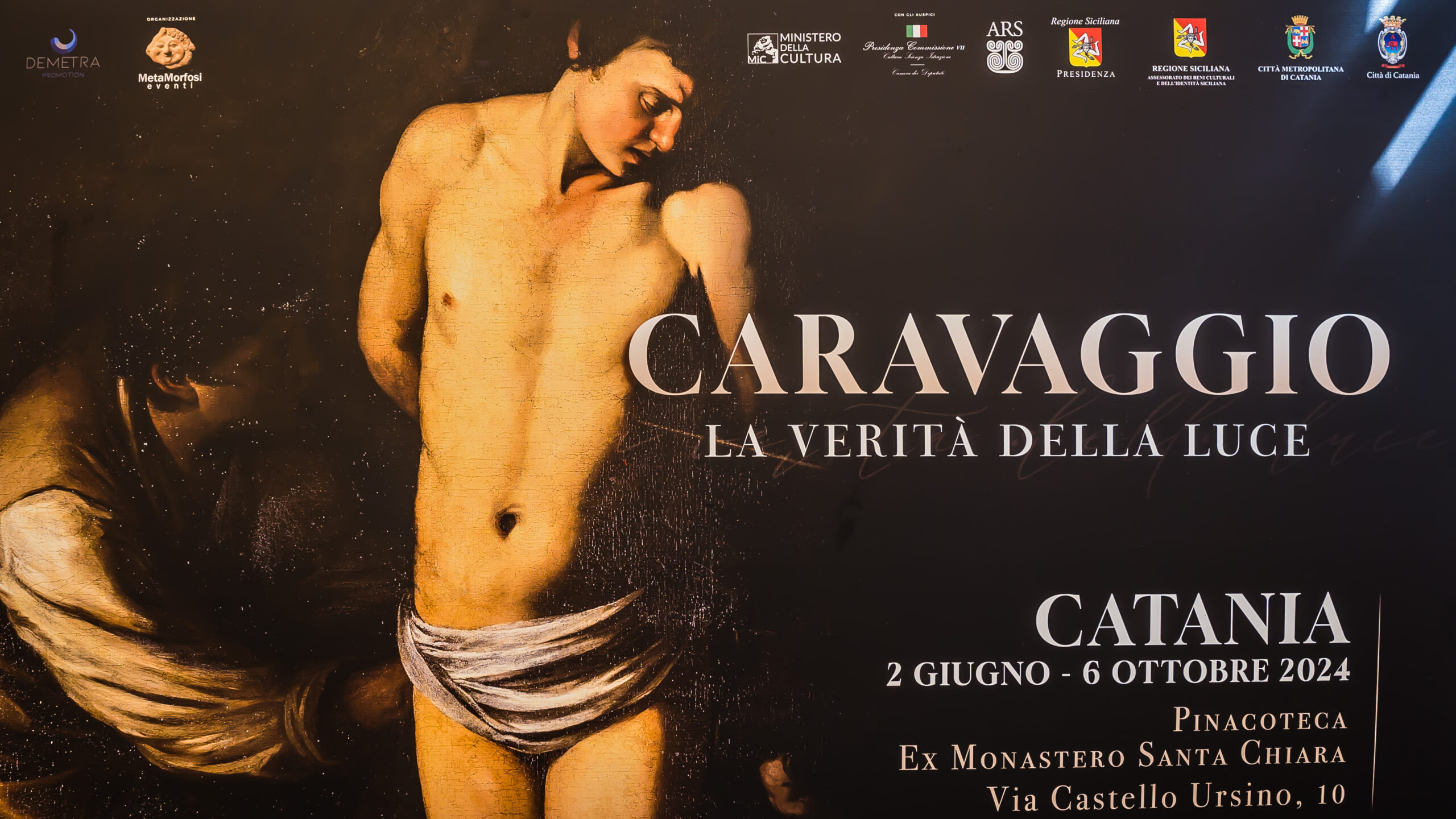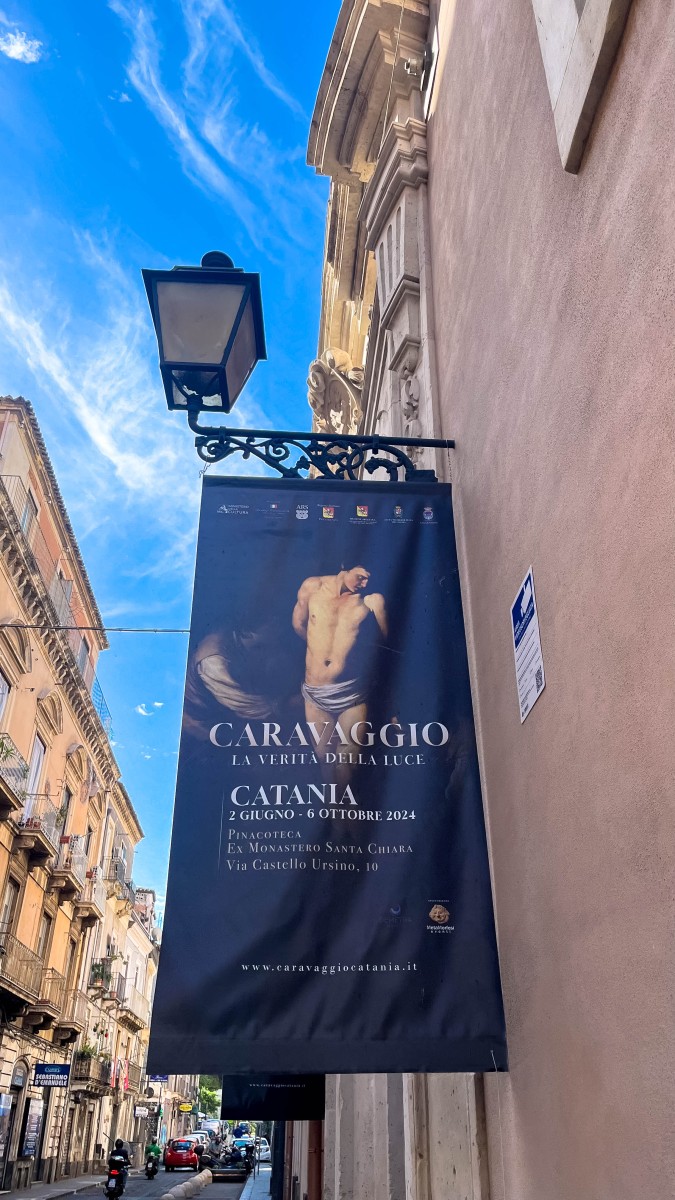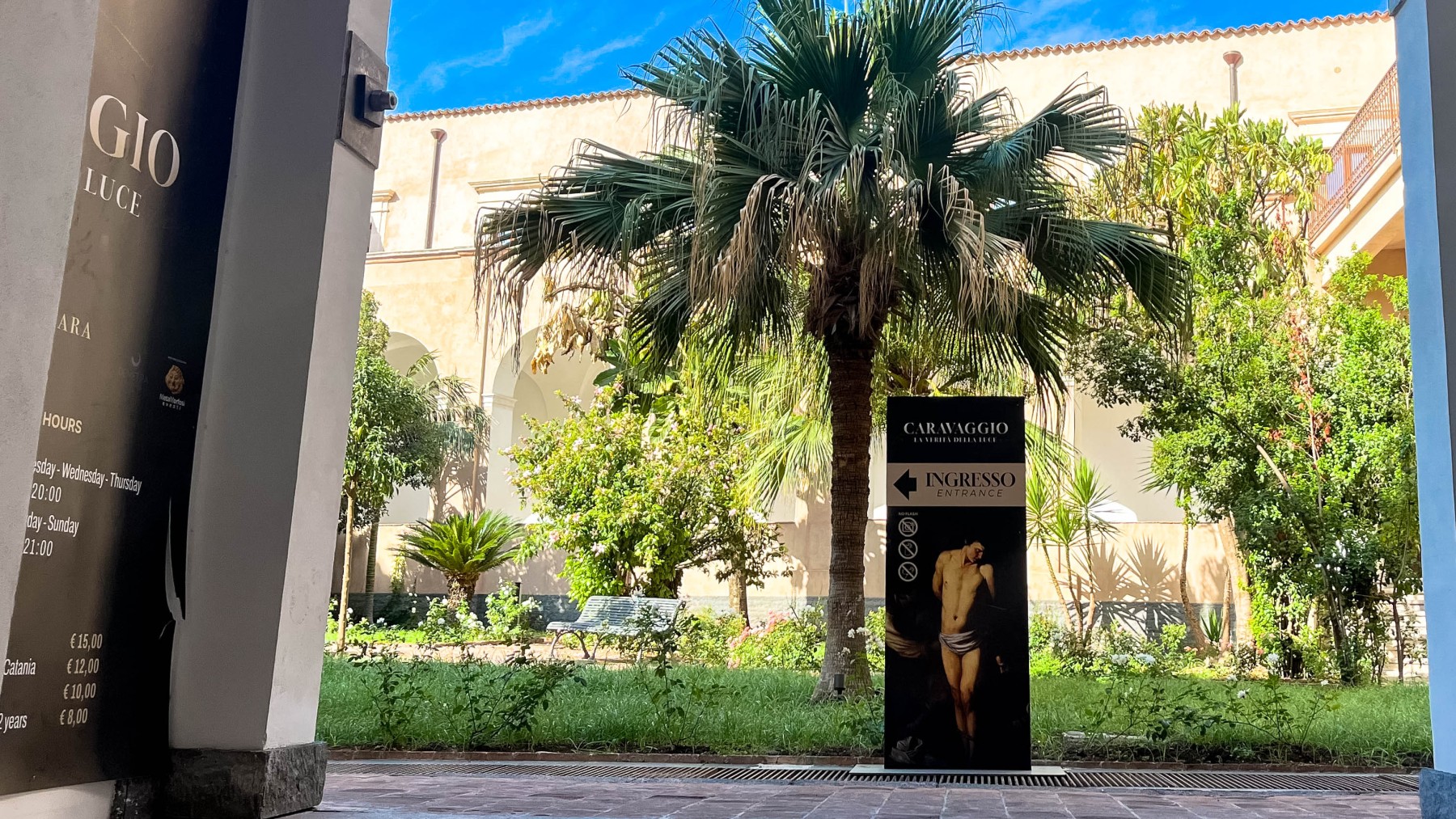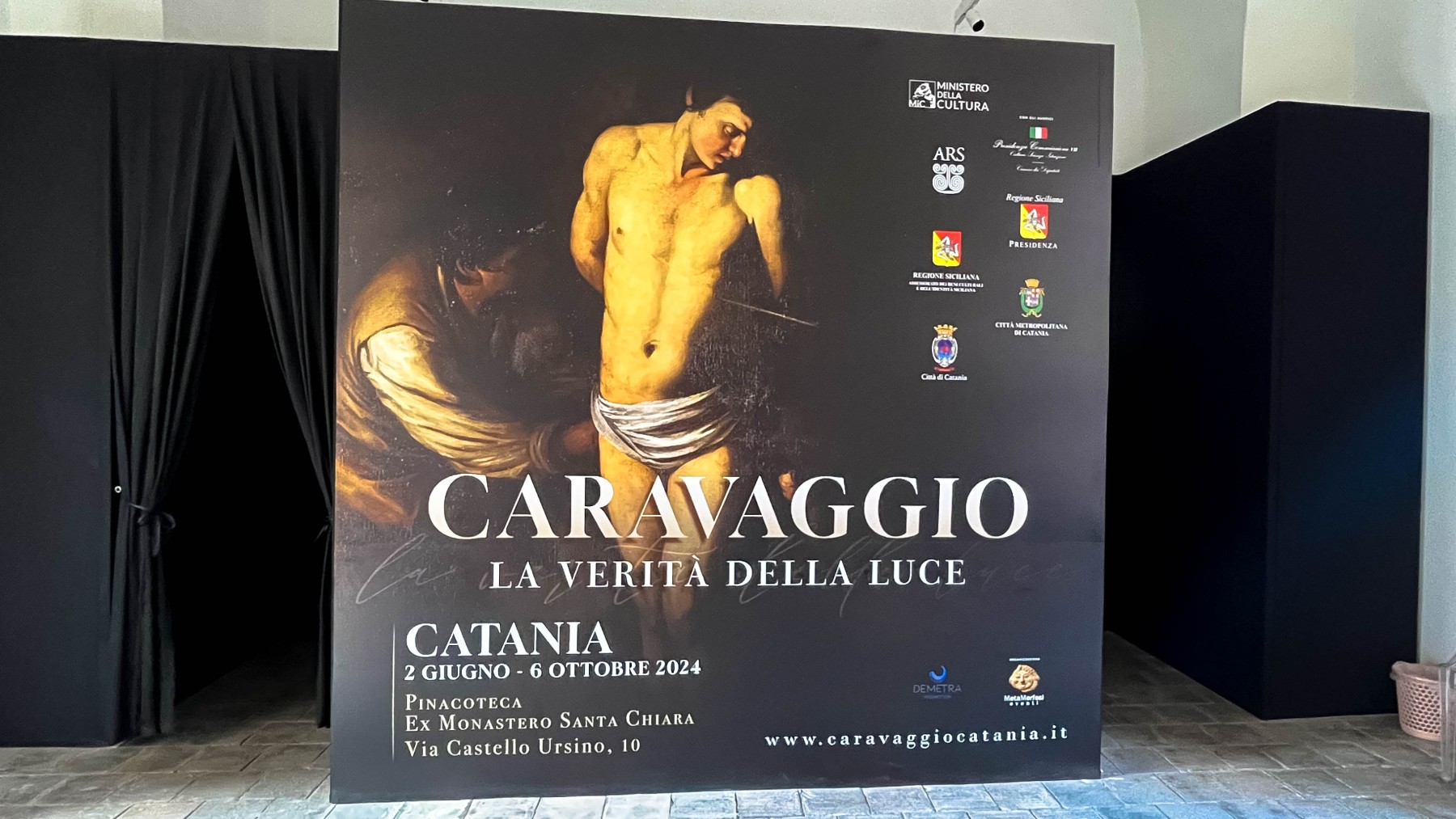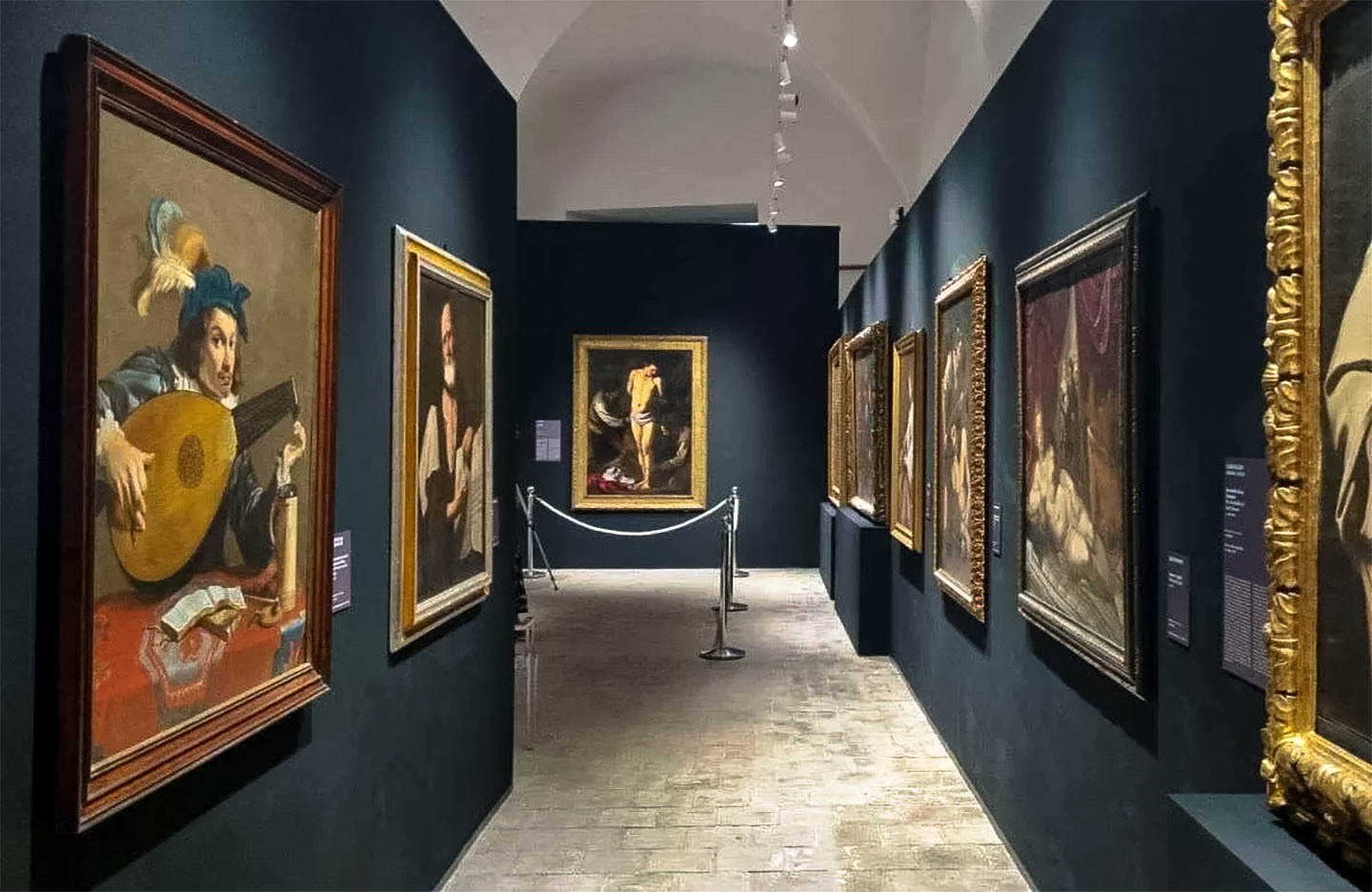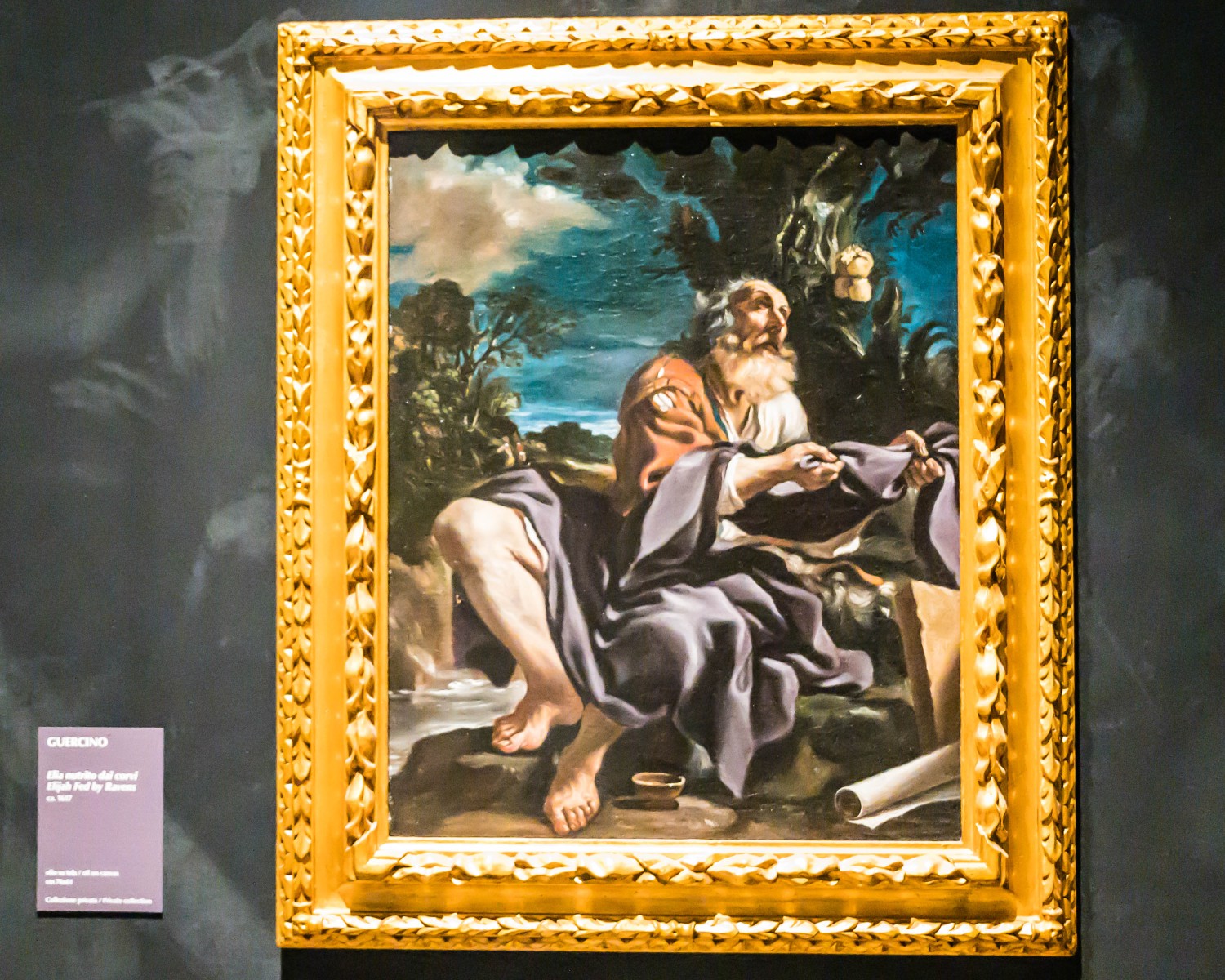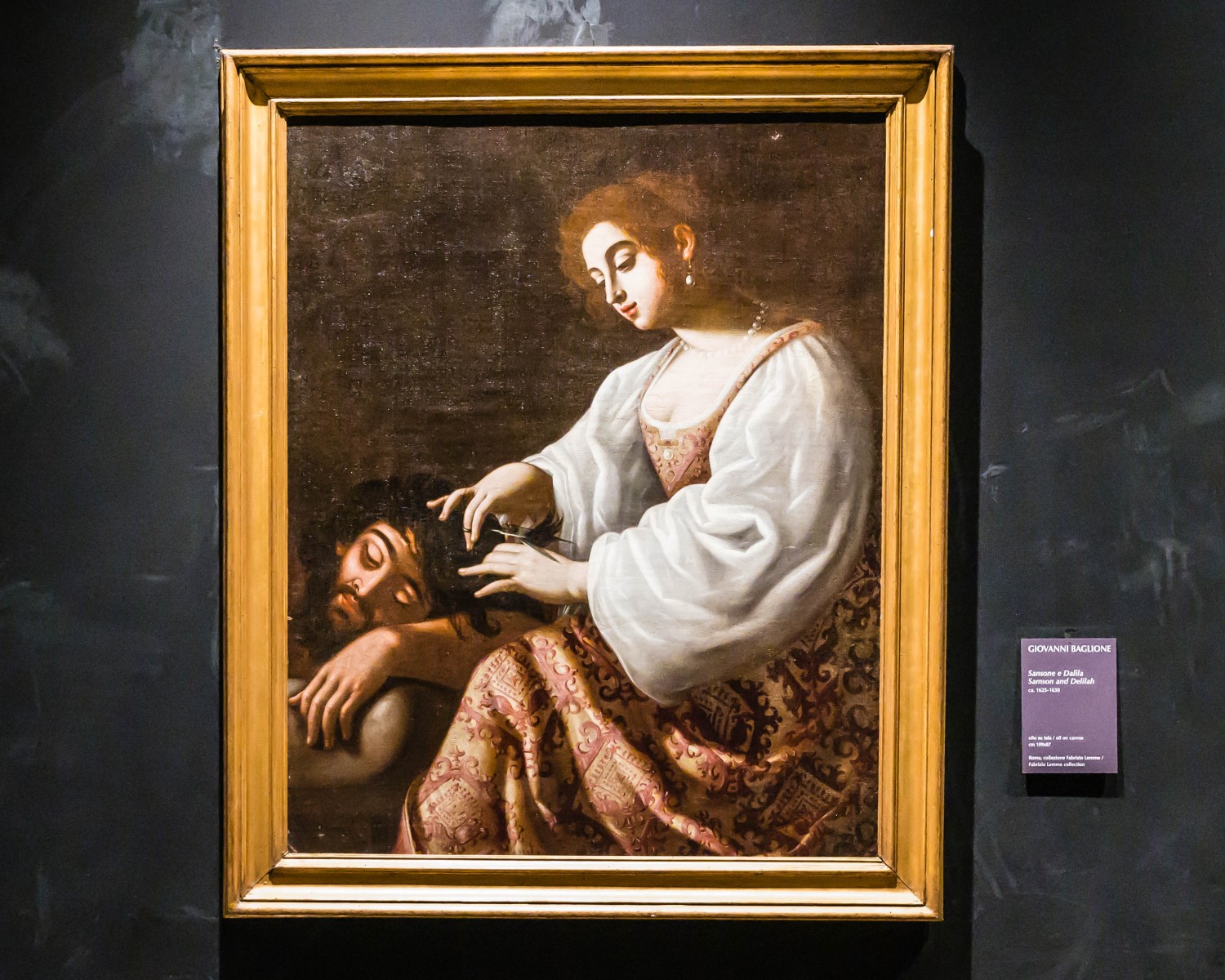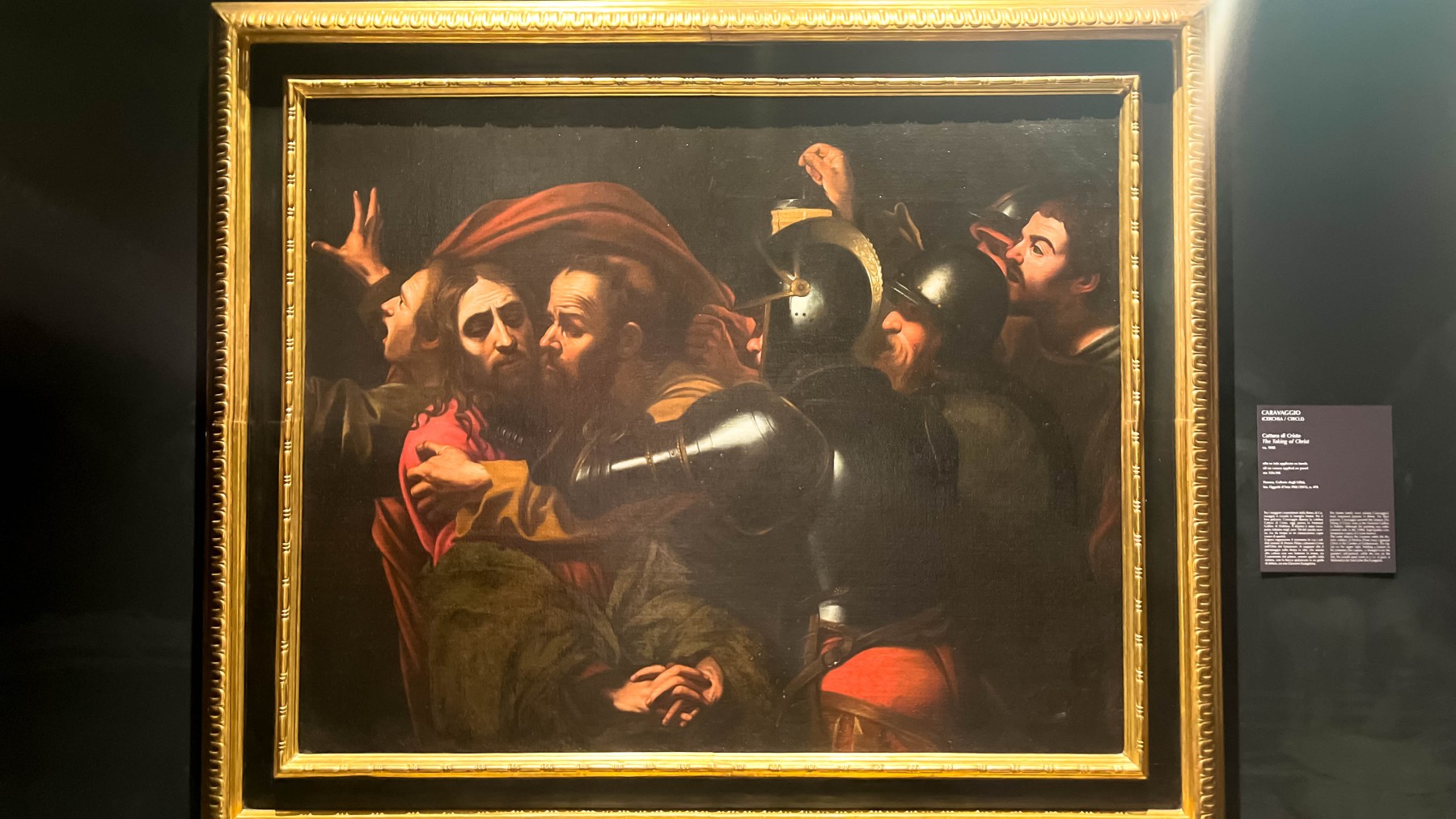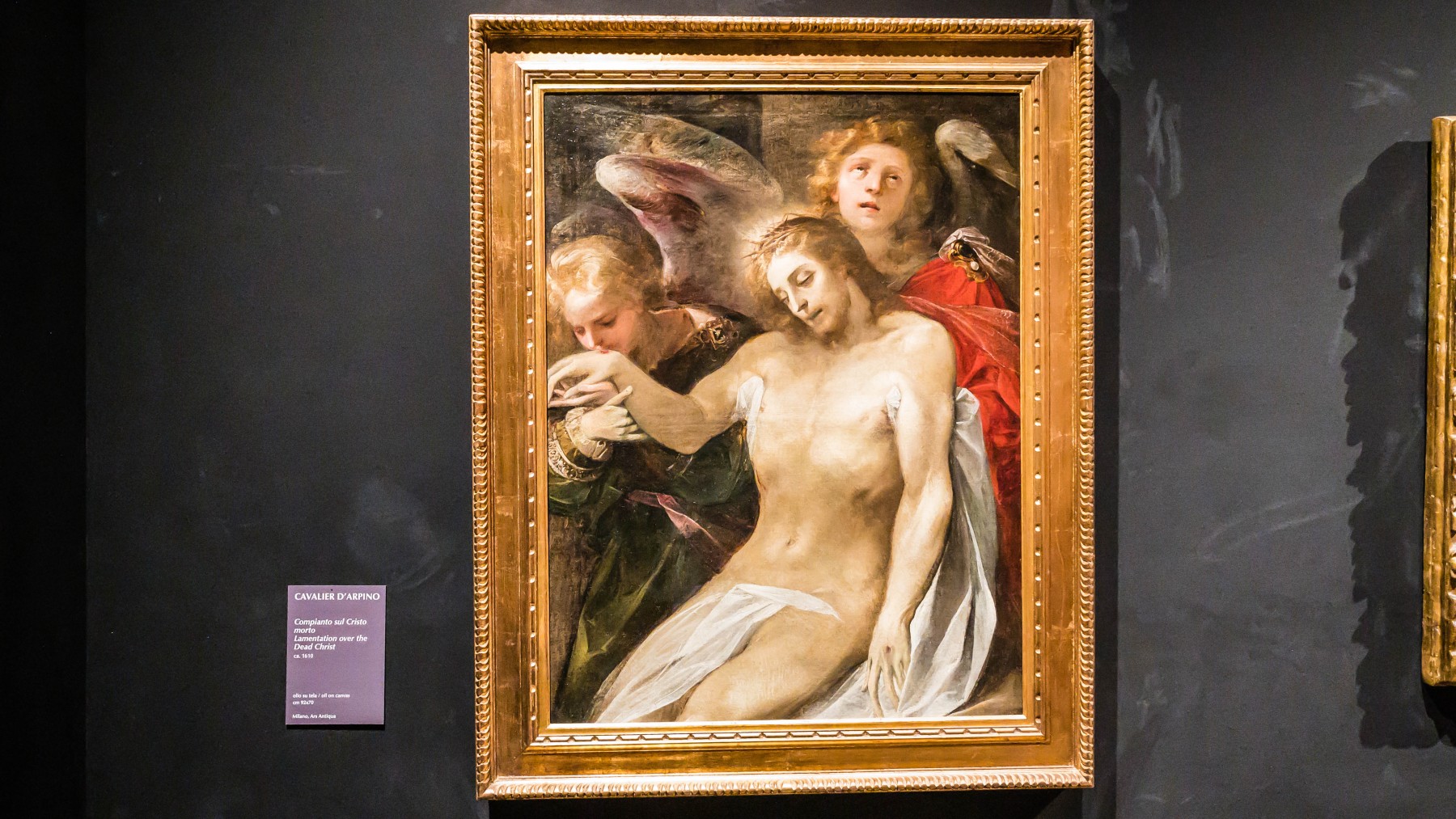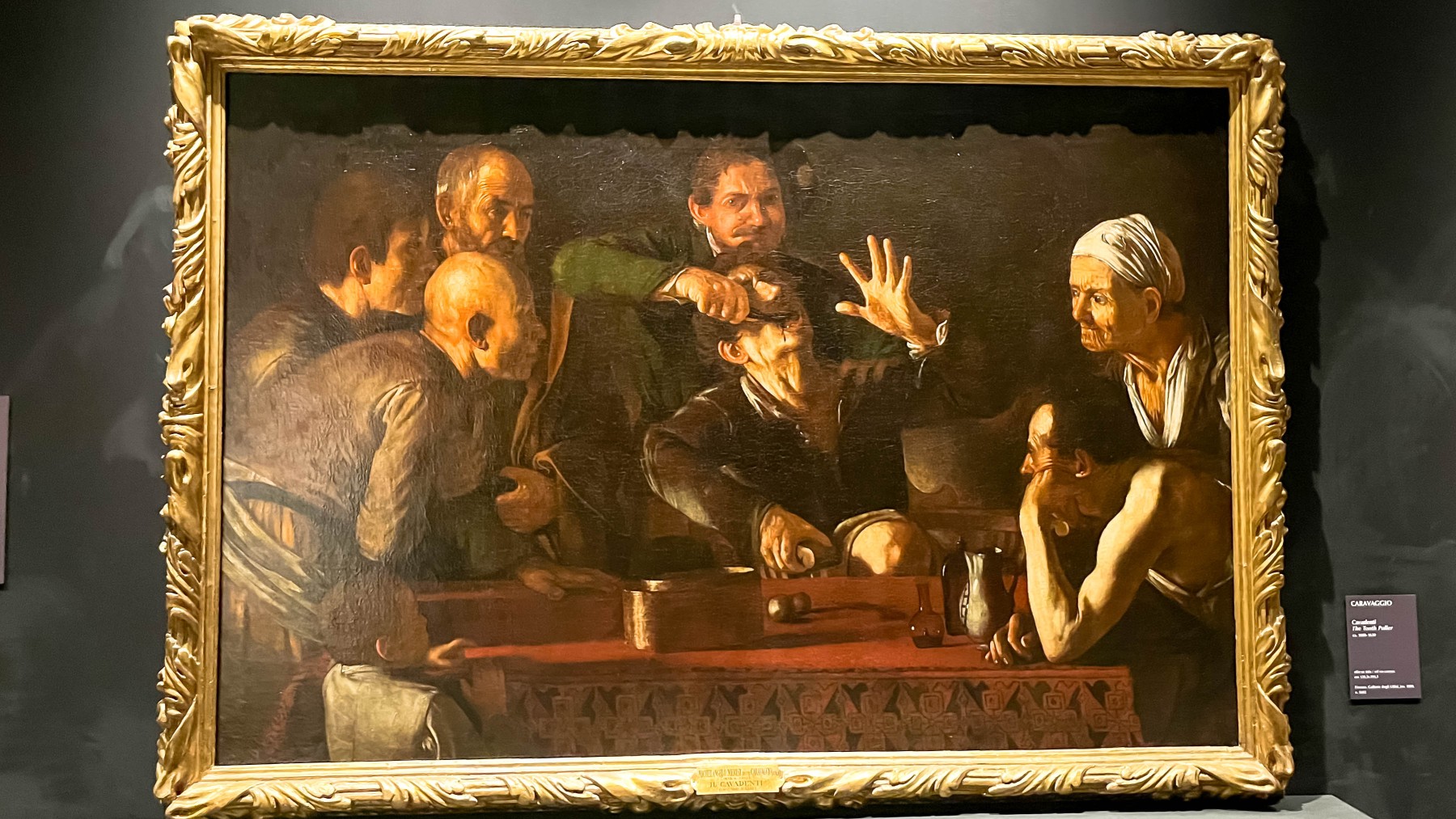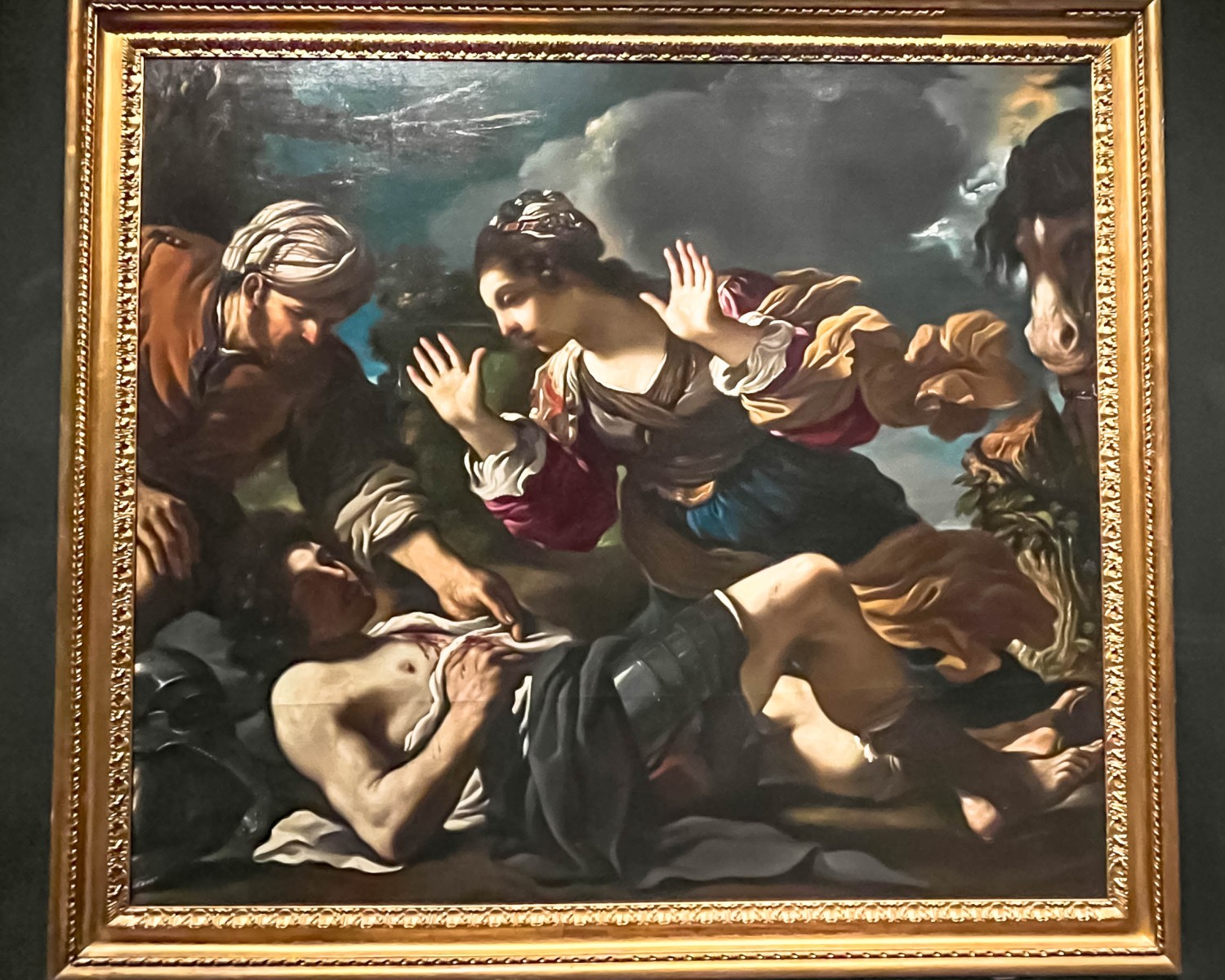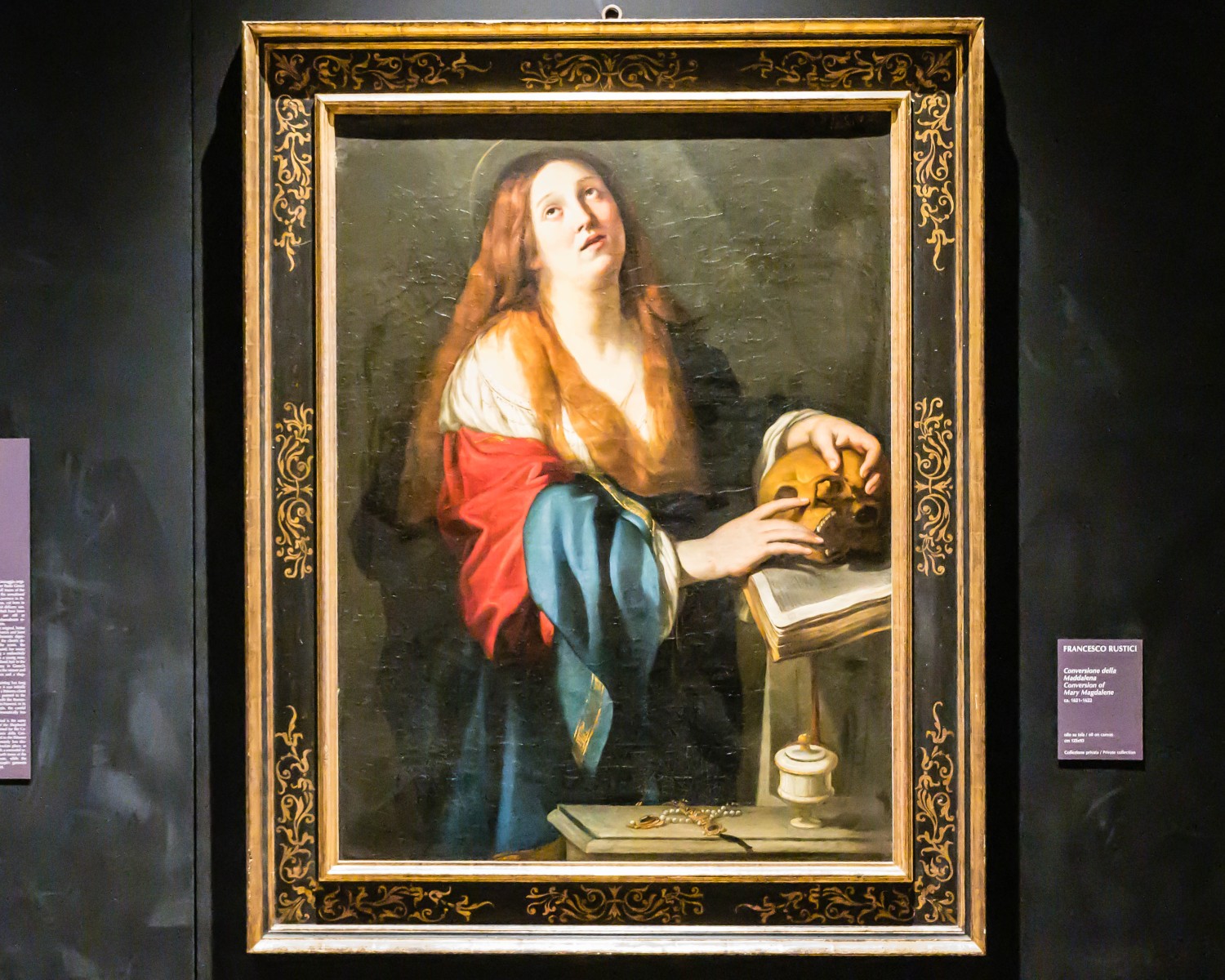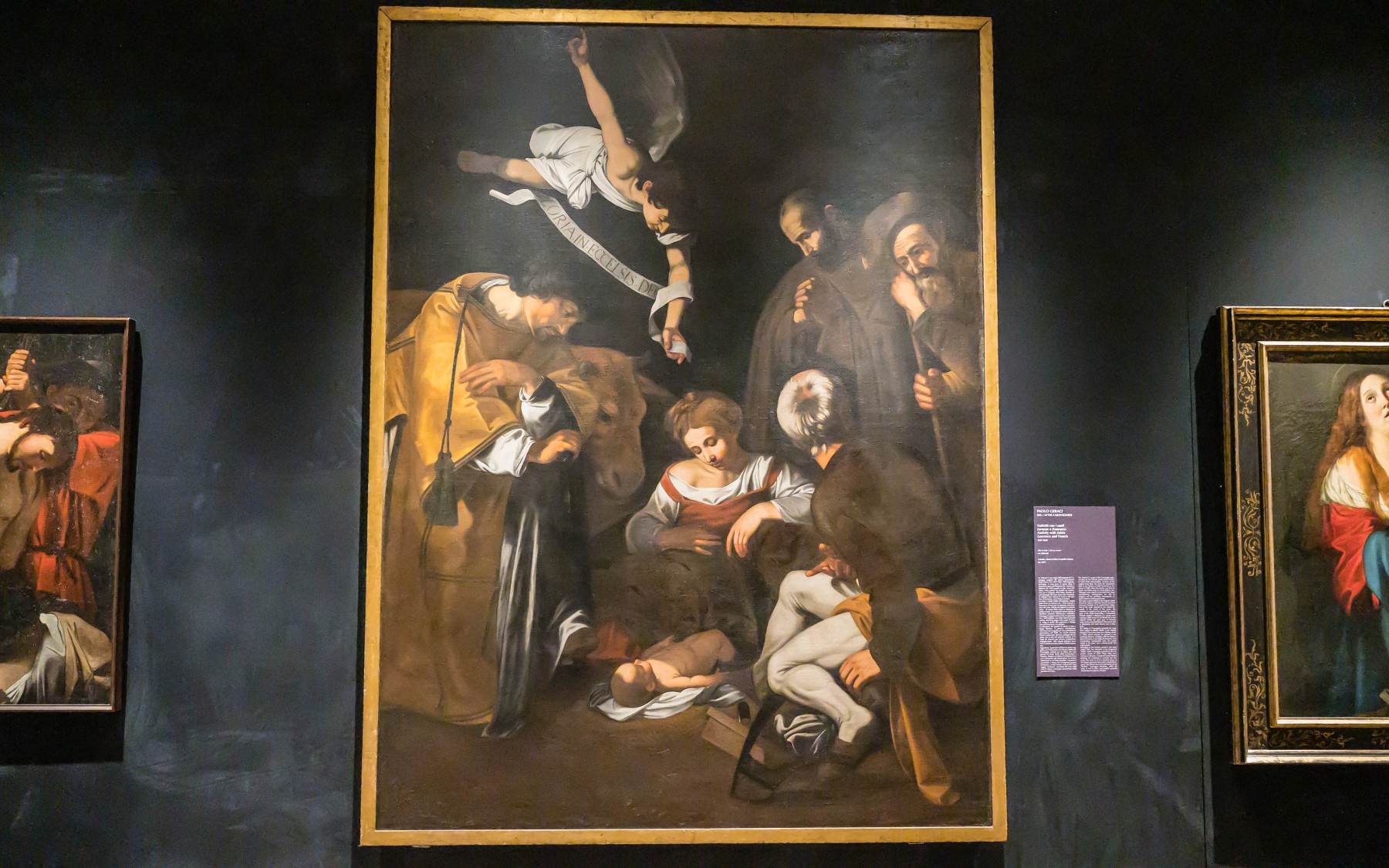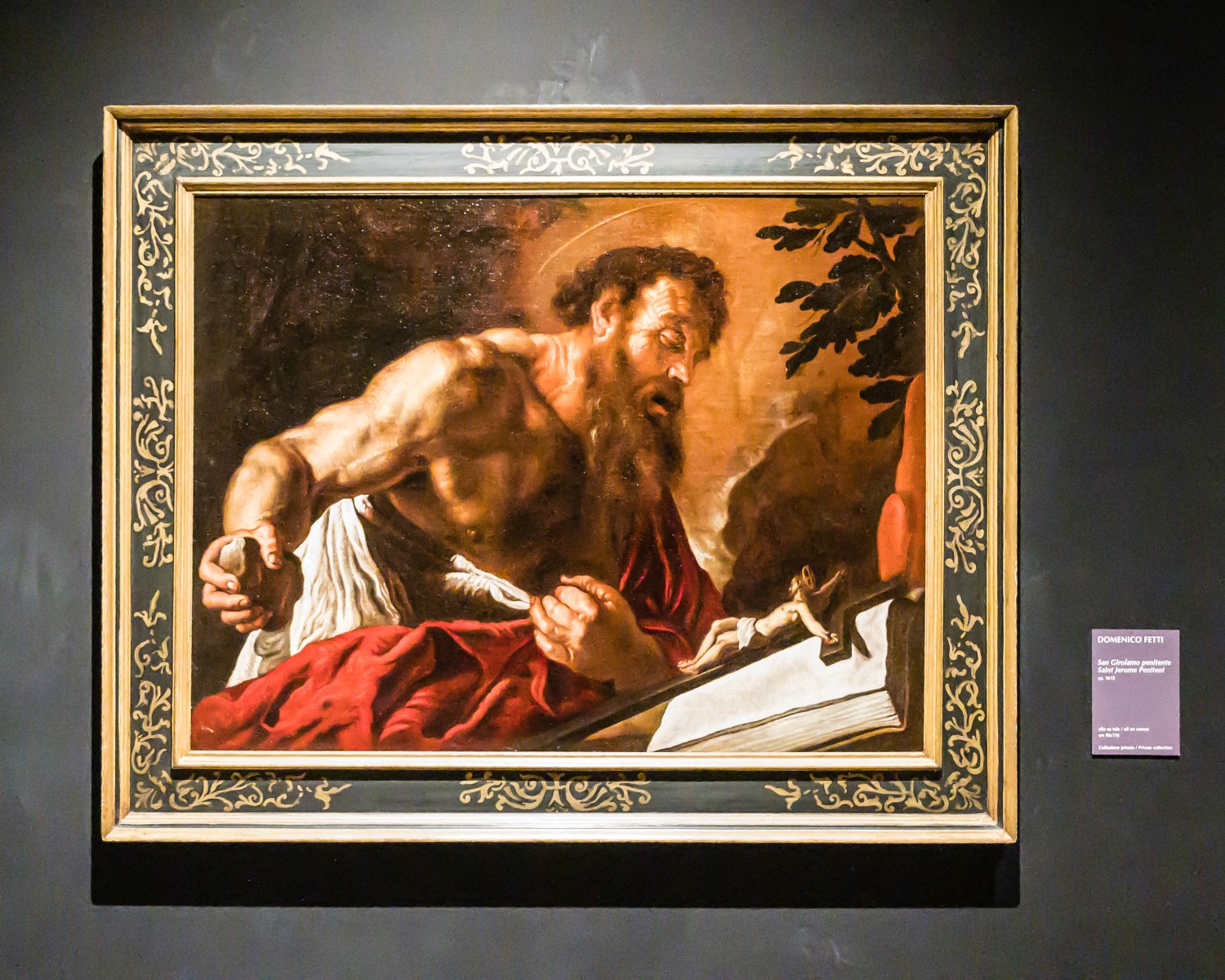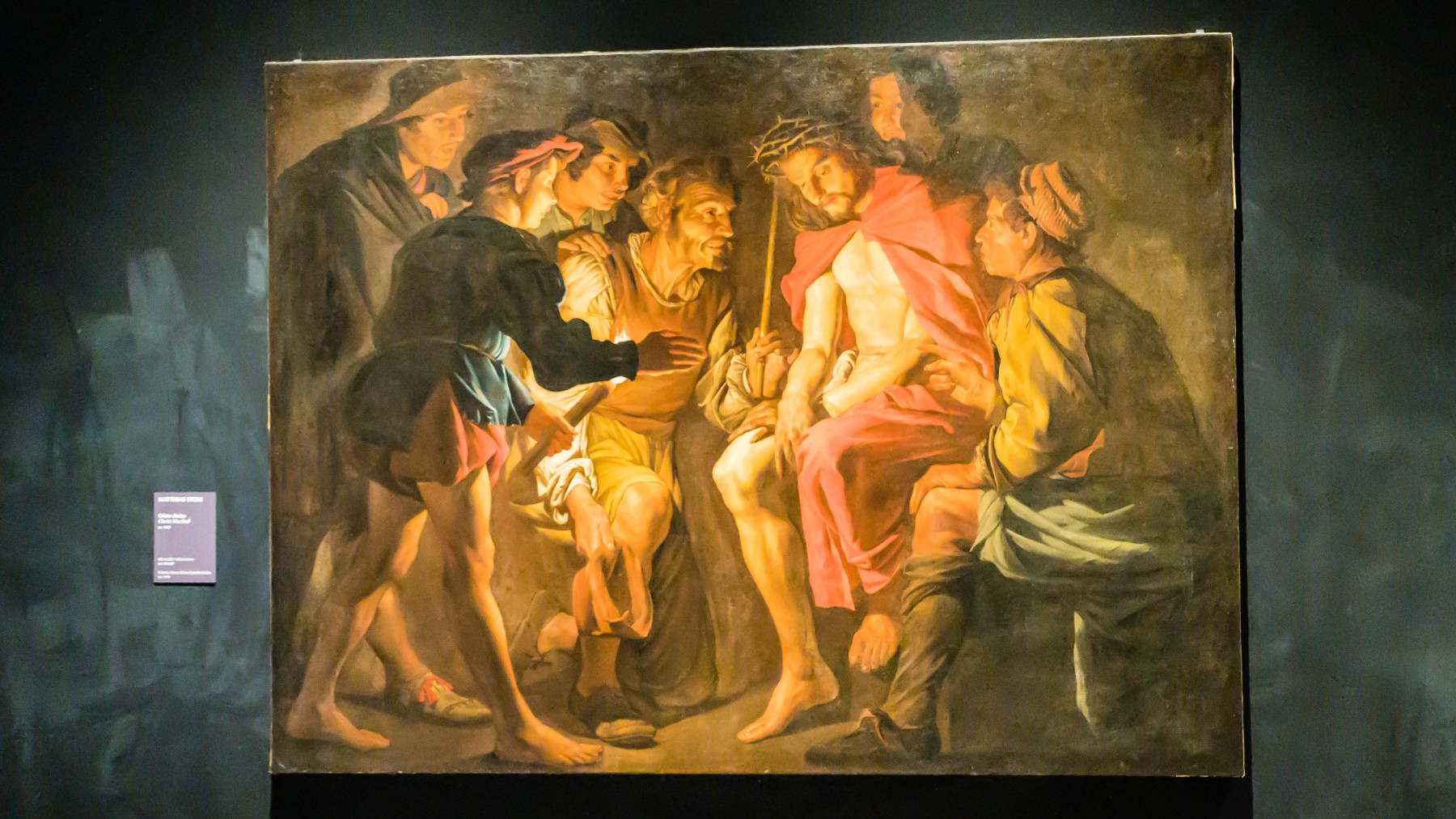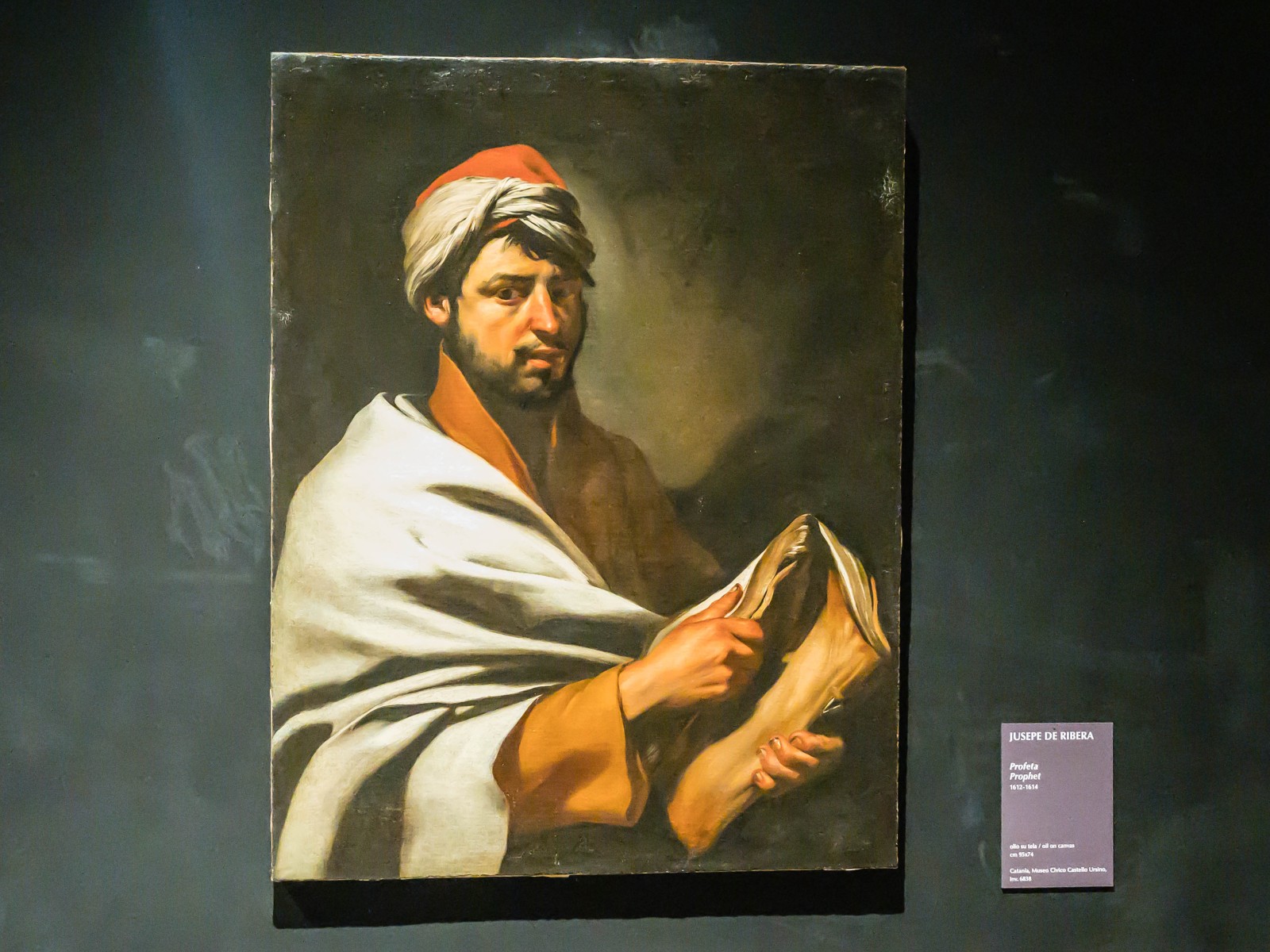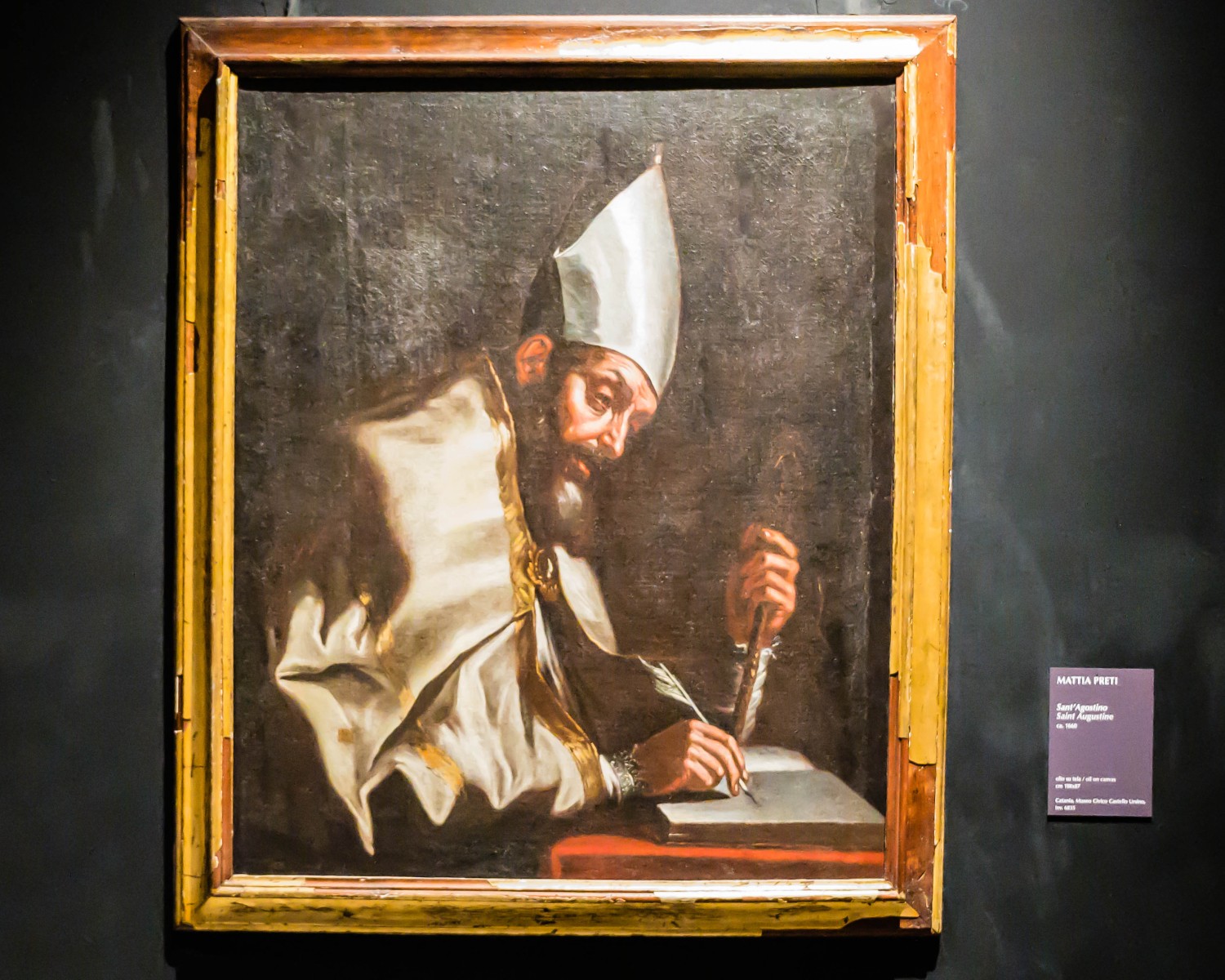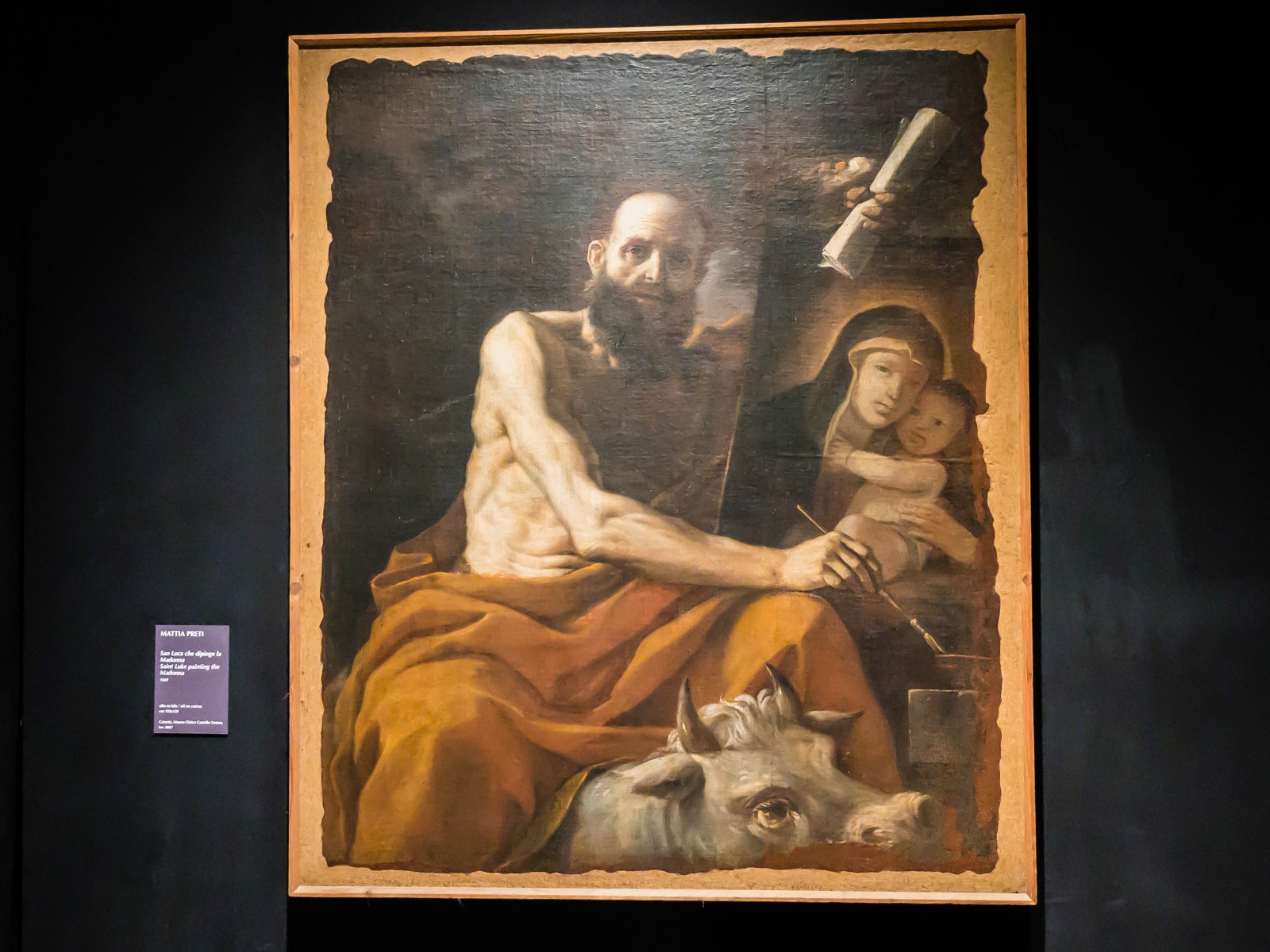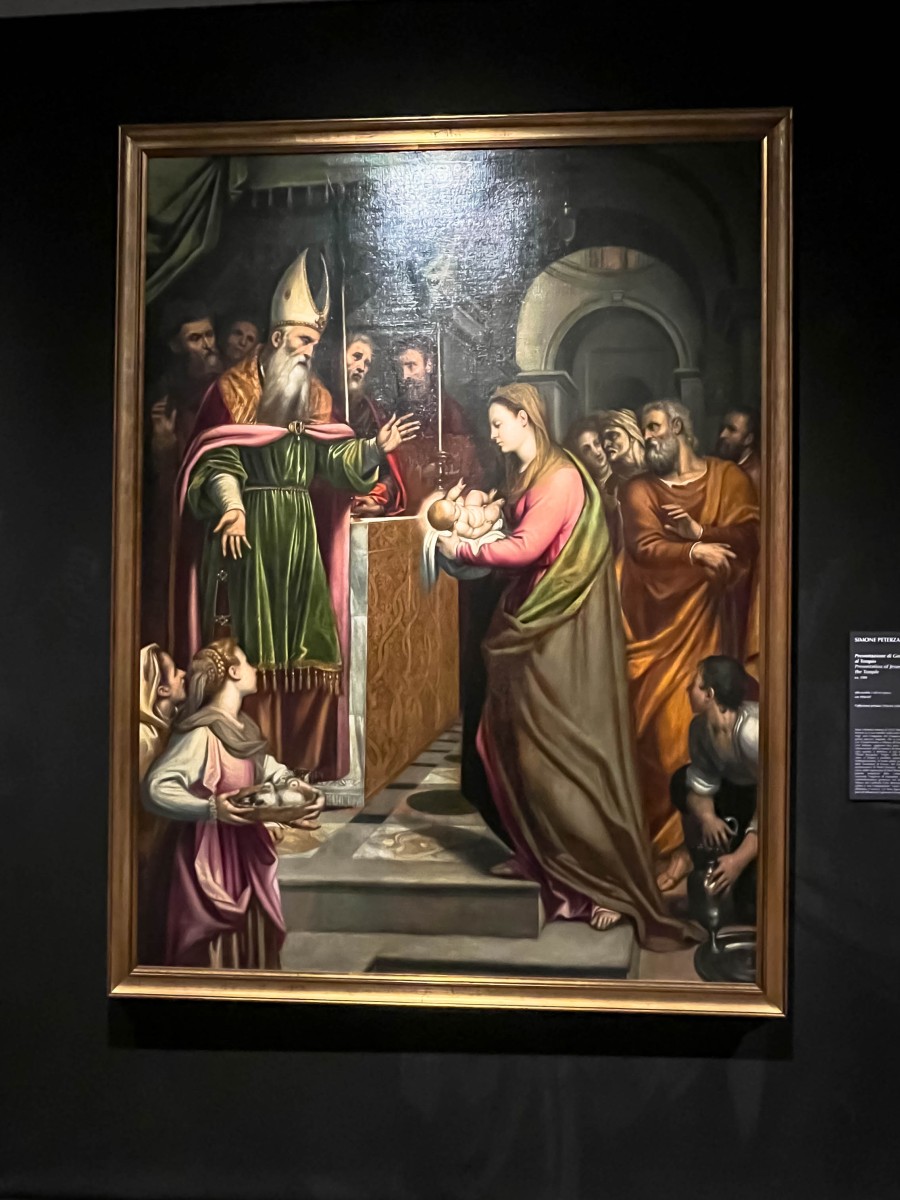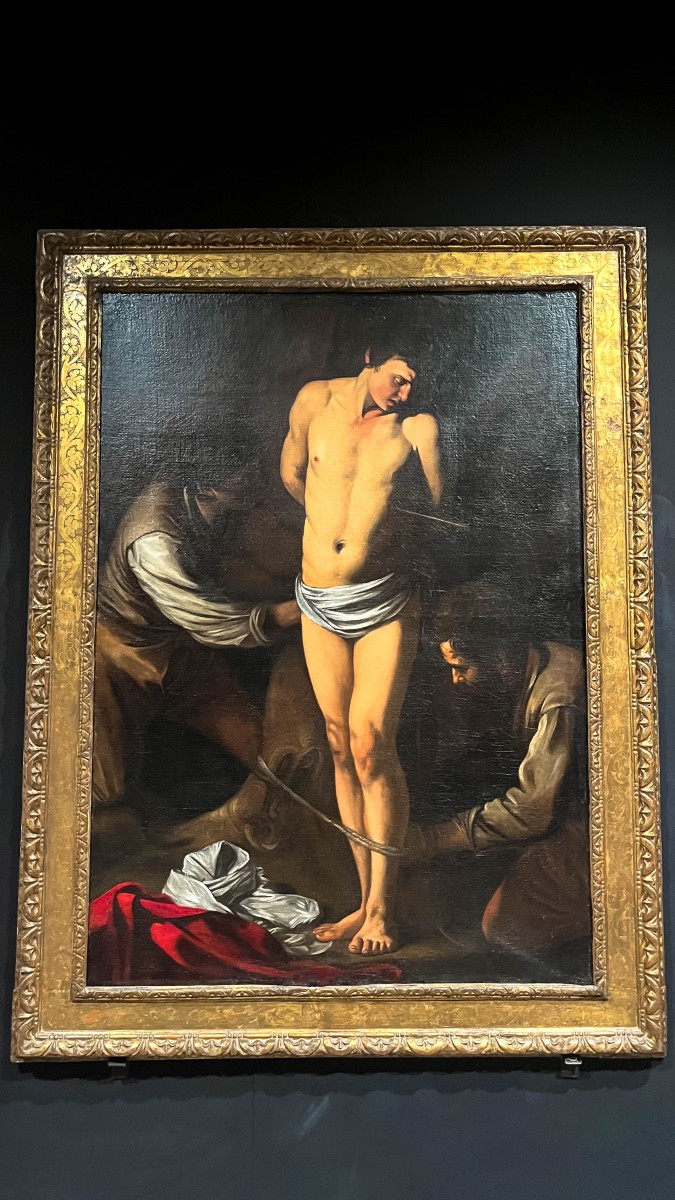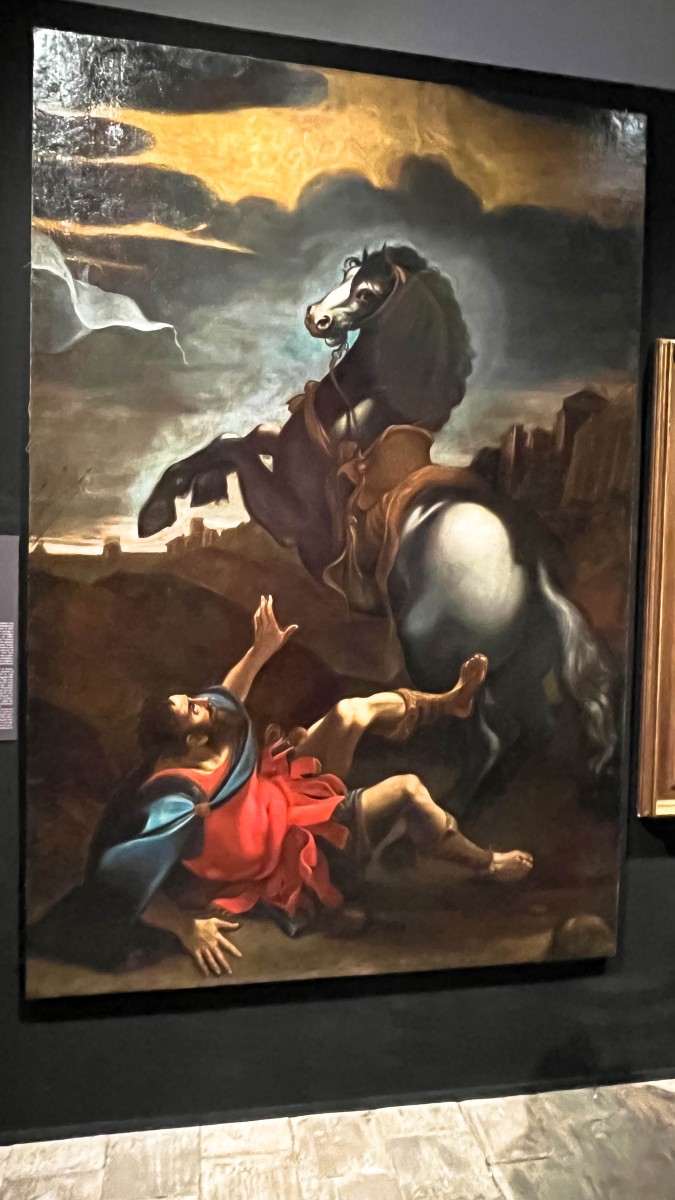Caravaggio: The Rebel Genius of Baroque Art
Michelangelo Merisi da Caravaggio wasn’t just a painter—he was a force of nature. Born in 1571, Caravaggio shattered the idealized beauty of Renaissance art and introduced a bold, raw realism that forever changed the course of Western painting.
What set Caravaggio apart was his dramatic use of light and shadow, known as chiaroscuro. His paintings glowed with intense contrasts—figures emerging from darkness, faces lit by a single candle or heavenly light. But it wasn’t just the technique that shocked viewers—it was the honesty. Saints had dirt under their nails. Biblical scenes looked gritty and real. He painted ordinary people as holy figures, bringing the divine down to earth.
His most famous works, like The Calling of Saint Matthew, Judith Beheading Holofernes, and The Supper at Emmaus, are powerful, theatrical, and emotionally charged. Caravaggio didn’t shy away from violence, suffering, or human emotion—instead, he captured them with unflinching clarity.
Caravaggio’s personal life was as turbulent as his art. Prone to brawls and scandal, he lived on the run after committing a murder in Rome. Yet even in exile, his genius flourished, influencing a generation of artists across Europe, known as the Caravaggisti.
He died mysteriously at just 38, but his legacy endures. Today, Caravaggio is celebrated not just for his technical brilliance, but for bringing raw humanity into sacred art—and for painting truth in all its light and darkness.
